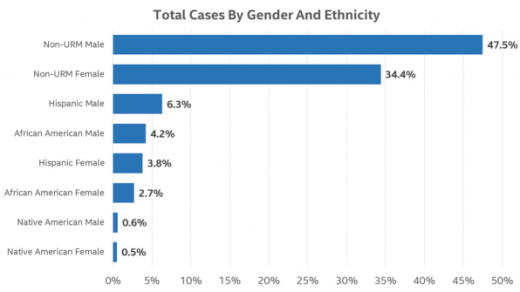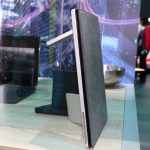Intel’s diversity report bumps up goal to reach full representation
August 15, 2017
On the heels of Intel CEO Brian Krzanich’s resignation from the American Manufacturing Council, the company is releasing its latest progress report on the diversity of its workforce. This marks the halfway point since Krzanich made a pledge (and a $300 million investment) to get the company to full representation by 2020.
It’s important to note that full representation means that Intel’s target is “market availability,” which measures how many skilled people exist in the external U.S. labor market (drawn from multiple sources, including university graduation data from the National Center for Education Statistics and the U.S. Census Bureau) as well as Intel’s own internal market. That means the company is tracking its efforts in hiring, retention, and progression for every job category–both technical and nontechnical–for women, African-Americans, Hispanics, and Native Americans.
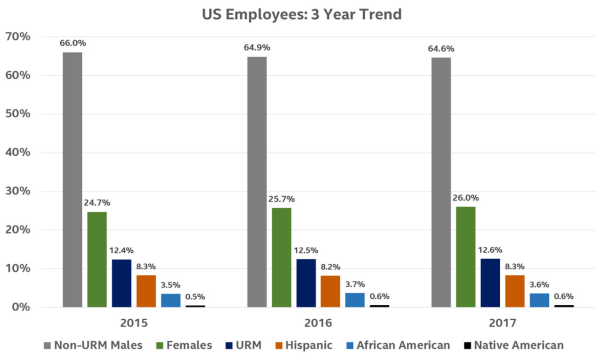
As such, there have been some positive gains since December of 2014 when the gap to full representation was 2,300 employees. Today among about 55,000 employees in the U.S., that gap is down to 801 people, an improvement of 65%.
Other key points:
- White and Asian men continue to represent more than 90% of mid to senior technical roles.
- There was a 0.3% increase in female representation over last year.
- African-American representation is flat across all levels.
- There was a 0.1% increase in year-over-year numbers for Native American representation across early career and senior career levels.
- Hispanic employee numbers have remained flat, at around 8% at the early career level and slightly higher in mid-career levels.
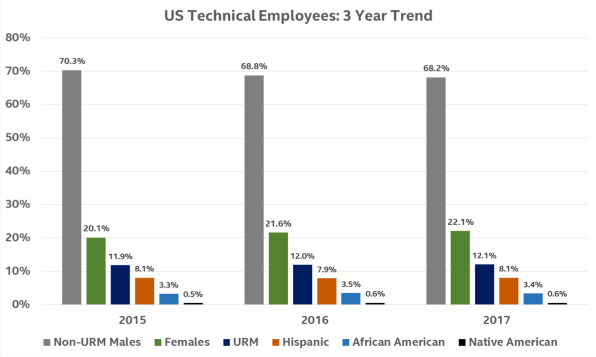
Krzanich and Intel’s chief diversity and inclusion officer, Barbara Whye, tell Fast Company that they attribute the gains partly to retention initiatives like the WarmLine, a web-based submission form that employees can use to confidentially report problems, which was launched in the U.S. last spring. The success rate of that program is at 90%.
Nearly half (47.5%) of the total reports from white or Asian men, followed by 34% of white women. “I think that is an okay metric,” Krzanich contends because it’s not just about diversity. “It’s about making an environment inclusive,” he explains. Ideally, he says both groups would use the programs equally to keep things in balance, rather than just giving workers from underrepresented groups priority or special treatment. “As we look at every component,” adds Whye, “We have to be inclusive each step of the way to sustain results.”
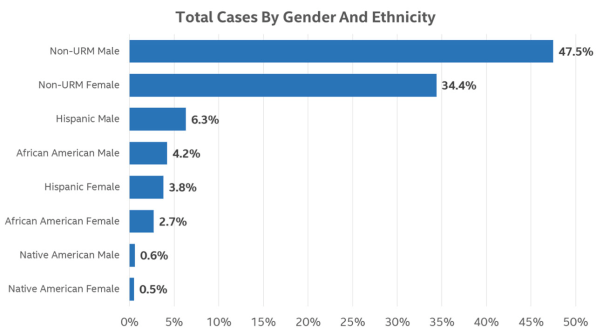
In light of the current gains, Krzanich is planning to bump up the goal date to 2018.
Fast Company , Read Full Story
(34)

